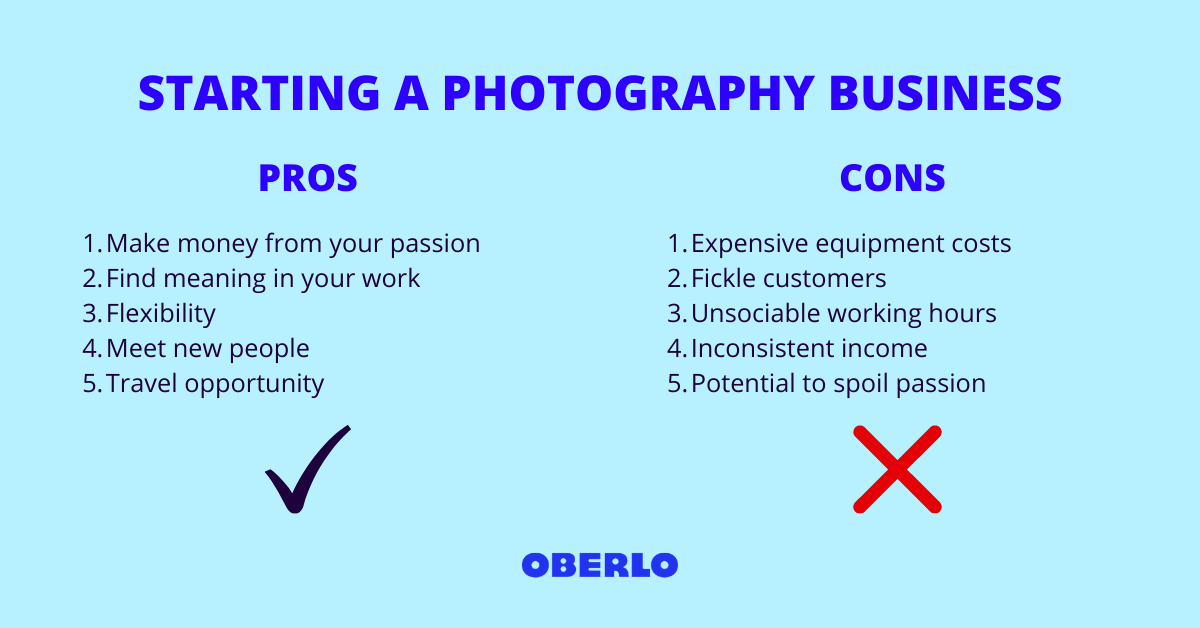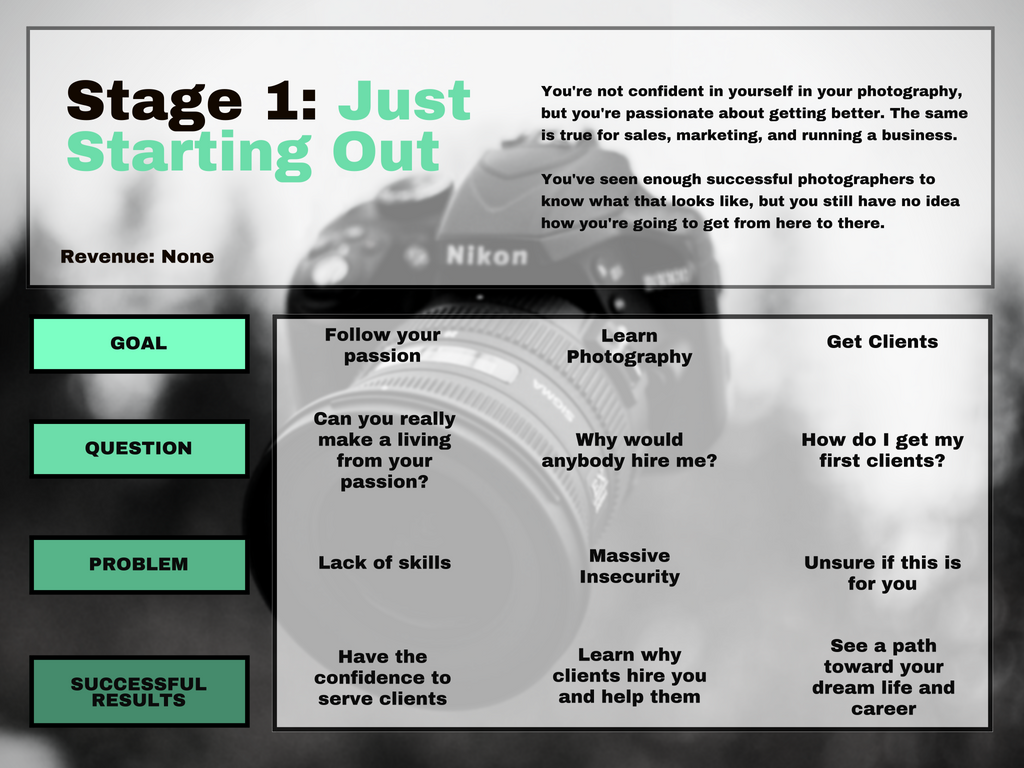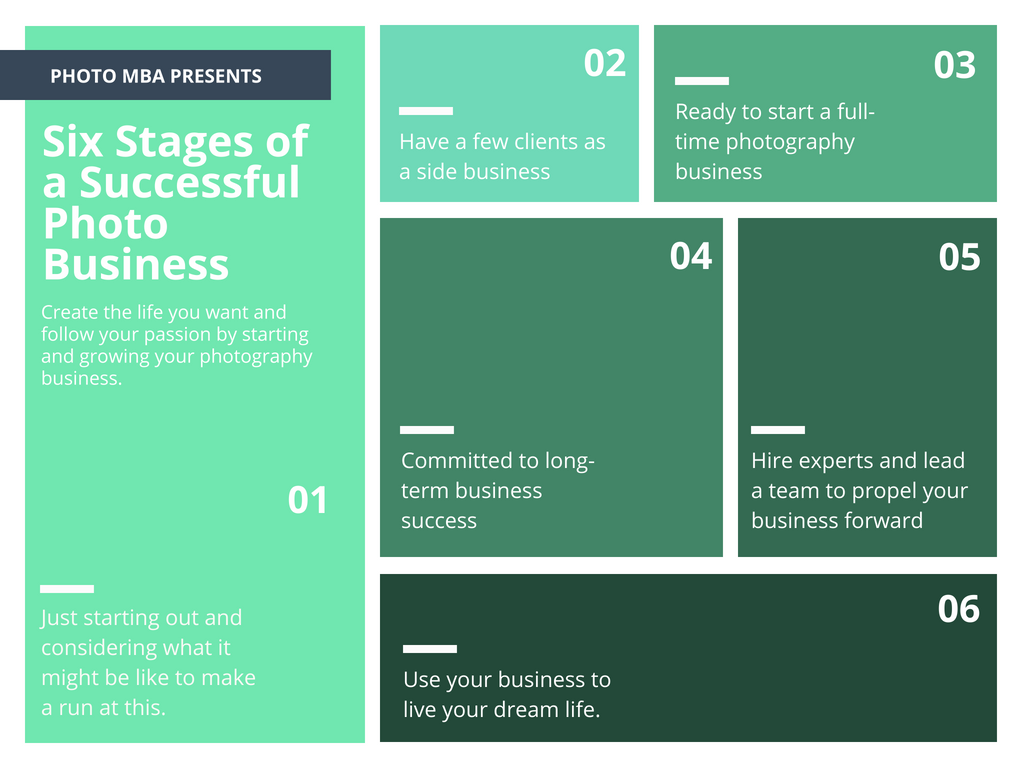Choosing Your Photography Niche
Identify your areas of interest and expertise
To start your photography business, it’s important to determine your niche. What subjects do you enjoy shooting the most? Is your expertise in portraits, landscapes, weddings, food, or fashion? Identifying your areas of interest will help you focus your efforts and establish yourself as an expert in a specific field.
Research market demand
Before diving into your chosen niche, it’s crucial to research the market demand. Are there potential clients seeking the type of photography you want to offer? Look for trends and opportunities within your chosen niche. Explore social media platforms, photography forums, and local communities to gauge the demand for your services.
Evaluate the competition
While researching your market, don’t forget to evaluate the competition. Look at other photographers in your niche and analyze their work, pricing, and marketing strategies. This will help you understand what sets you apart and how you can differentiate yourself from others in the market.
Choosing your photography niche is an essential step in starting your business. By identifying your areas of interest, researching market demand, and evaluating the competition, you can position yourself for success in the photography industry. So go ahead, delve into your passion and make your dreams of owning a photography business a reality!
Building a Solid Business Plan
Define your goals and objectives
Before you embark on your journey of starting a photography business, it is crucial to define your goals and objectives. What do you hope to achieve with your business? Are you looking to specialize in a specific genre of photography or provide a range of services? Clearly defining your goals will help give direction to your business and guide your decision-making process.
Identify your target audience
Understanding your target audience is key to the success of your photography business. Take the time to research and identify who your ideal clients are. Are you targeting families, couples, or businesses? Knowing your target audience will help you tailor your marketing efforts and develop products and services that cater to their specific needs and preferences.
Conduct a SWOT analysis
Performing a SWOT (Strengths, Weaknesses, Opportunities, and Threats) analysis will allow you to gain insight into the internal and external factors that can impact your business. Analyze your strengths and weaknesses as a photographer, identify opportunities in your market, and recognize potential threats that could hinder the growth of your business. This analysis will help you make informed decisions and develop strategies to overcome challenges.
A solid business plan lays the foundation for your photography business. By defining your goals, understanding your target audience, and conducting a SWOT analysis, you can pave the way for success and confidently step into the world of entrepreneurship.

This image is property of www.oberlo.com.
## Registering Your Photography Business
Starting a photography business requires more than just a camera and a passion for capturing moments. Before you can fully dive into the world of professional photography, there are some essential start-up steps you need to take. One of the most crucial steps is registering your photography business. This section will guide you through the process, ensuring that you don’t miss any important details.
Choose a business name
First, you need to come up with a catchy and memorable name for your photography business. Make sure it is unique and aligned with your brand image. Consider how it will look on your website, social media handles, and business cards. Take your time to brainstorm and choose a name that truly represents your artistic vision.
Register your business with the appropriate authorities
Once you have your name, it’s time to make it official. Register your photography business with the relevant local authorities, such as the local government or chamber of commerce. This step will ensure that your business is recognized and legally protected. Check the registration requirements in your jurisdiction and gather all the necessary documents before submitting your application.
Obtain necessary permits and licenses
Depending on your location, you may need to obtain permits and licenses to operate your photography business legally. This includes obtaining a business license and any specific permits required by your state or city for professional photographers. Research the regulations in your area and apply for the necessary permits to avoid any legal issues down the line.
By completing the process of registering your photography business and obtaining the necessary permits and licenses, you are taking important steps towards establishing a solid foundation for your venture. These steps will not only ensure that your business is legitimate but also pave the way for future growth and success in the industry. Start your photography business journey on the right foot by following these essential start-up steps.
Setting Up Your Studio or Equipment
Selecting the right location
When it comes to starting a photography business, selecting the right location is crucial. Consider the target market and the type of photography you want to specialize in. A downtown location might be ideal for commercial and fashion photography, while a suburban area could be better suited for family portraits and weddings. Research local competition and choose a location that allows you to stand out and attract clients.
Setting up a home studio or renting a commercial space
Deciding between a home studio and a commercial space depends on your budget and the scale of your business. A home studio offers convenience and cost savings, while renting a commercial space provides a professional setting for client meetings and larger shoots. Consider factors such as space, accessibility, and the ability to control lighting conditions when making this decision.
Investing in essential equipment and gear
To run a successful photography business, investing in professional-quality equipment is a must. Prioritize essentials like a high-quality camera, lenses, lighting equipment, and a sturdy tripod. Research and compare brands and models to ensure you choose the best equipment within your budget. Additionally, invest in accessories such as memory cards, batteries, and a reliable computer for editing and storing your photographs.
Setting up your studio or equipment is an essential step in starting your photography business. By selecting the right location, deciding on a home studio or commercial space, and investing in essential equipment and gear, you’ll be on your way to creating a professional and successful photography business.

This image is property of photomba.net.
## Creating a Professional Portfolio
Select your best work
When starting a photography business, one of the most important steps is creating a professional portfolio that showcases your talent and style. Start by selecting your best work to include in your portfolio. Choose a diverse range of photographs that demonstrate your skills, creativity, and ability to capture different subjects. Remember, quality is more important than quantity, so be selective and only include your strongest images.
Organize and present your portfolio effectively
Once you have chosen your best work, it is essential to organize your portfolio in a cohesive and visually appealing manner. Consider arranging your photographs in a logical order or grouping them thematically. This will help clients to see your versatility and understand your artistic vision. Additionally, be mindful of the presentation format you plan to use. Whether it’s a physical portfolio or a digital one, make sure it’s easy to navigate and highlights your images at their best.
Consider creating a website or online portfolio
In today’s digital age, having an online presence is vital for any aspiring photographer. Consider creating a website or online portfolio to showcase your work to a wider audience. Include a well-designed layout, high-resolution images, and informative captions that provide insight into your creative process. Utilize features such as galleries or categories to allow potential clients to explore your work easily. A dedicated website or online platform can not only impress clients but may also attract more photography opportunities for your business.
To launch a successful photography business, creating a professional portfolio is a crucial step in showcasing your skills and style. By selecting your best work, organizing it effectively, and considering an online presence, you can make a strong impression on potential clients and increase your chances of success.

This image is property of photomba.net.
## Establishing Your Pricing and Packages
Research industry standards and market rates
Before setting your prices, it’s essential to research industry standards and market rates to ensure you remain competitive. Look at what other photographers in your area charge for their services and analyze the market trends. Factors such as experience, location, and specialization can affect pricing, so consider how these factors apply to your business.
Determine your pricing strategy
Once you have a good understanding of industry rates, it’s time to determine your own pricing strategy. Consider the value you bring to your clients, the quality of your work, and the costs involved in running your business. Decide whether you’ll charge per hour, per session, or offer packages that include additional services. Remember to factor in expenses like equipment, editing software, marketing, and insurance.
Design attractive photography packages
Creating photography packages can add value for your clients and streamline your business operations. Consider offering different levels of packages to cater to various budgets and preferences. Include a mix of services and products, such as shooting time, prints, digital files, and albums. Make sure your packages are attractive and clearly communicate the benefits and value.
Establishing your pricing and packages is a crucial step in starting your photography business. By researching industry standards, determining your pricing strategy, and designing appealing packages, you can set yourself up for success.
Marketing and Promoting Your Business
Develop a marketing plan and budget
To successfully promote your photography business, you need a well-thought-out marketing plan and budget. Start by identifying your target audience and create strategies to reach them effectively. Consider various marketing tactics such as online advertisements, print media, and direct mail campaigns. Allocate a budget for each of these strategies and track their effectiveness to ensure you are investing in the right avenues.
Utilize social media platforms
In today’s digital age, social media is a powerful tool for marketing and promoting your photography business. Create accounts on popular platforms like Facebook, Instagram, and Pinterest to showcase your work and engage with potential clients. Share high-quality images, offer photography tips, and interact with your followers regularly. Explore paid advertising options on these platforms to widen your reach and attract new customers.
Network with other professionals and potential clients
Networking is vital for the success of any business, and photography is no exception. Attend industry events, join photography associations, and participate in local community gatherings to connect with fellow professionals and potential clients. Build relationships, exchange ideas, and collaborate with other photographers to broaden your horizons. Networking can also lead to referrals and partnerships that can help elevate your photography business.
By following these essential start-up steps, you will be well on your way to successfully marketing and promoting your photography business. Embrace the power of social media, develop a comprehensive marketing plan, and invest time in networking to gain visibility and grow your clientele.

This image is property of photomba.net.
## Building Relationships with Clients
Building strong relationships with your clients is essential for the success of your photography business. By providing excellent customer service, maintaining strong communication, and offering loyalty programs or referral incentives, you can develop a loyal client base and gain a positive reputation in the industry.
Provide excellent customer service
Ensure that every interaction with your clients exceeds their expectations. From the initial inquiry to the delivery of the final product, make sure you provide personalized attention and address their needs and concerns promptly. This will not only leave a lasting impression but also encourage clients to refer your services to others.
Maintain strong communication
Effective communication is key in building relationships with your clients. Be responsive to their messages, whether it’s through email, phone calls, or social media. Keep them updated on the progress of their projects and be transparent about any potential delays or changes. Regularly check in with your clients to see if they have any questions or concerns.
Offer loyalty programs or referral incentives
Rewarding your clients for their loyalty or for referring others to your business is a great way to foster strong relationships. Consider offering discounts, exclusive promotions, or freebies to your repeat clients. You can also provide incentives for clients who refer new customers to you, such as discounted sessions or prints. These rewards will not only show your appreciation but also incentivize clients to continue working with you and refer your services to others.
Remember, building relationships with your clients is an ongoing process. By providing excellent customer service, maintaining strong communication, and offering loyalty programs or referral incentives, you can cultivate trust, loyalty, and a positive reputation, setting your photography business up for success.
Managing Your Finances
Set up a separate business bank account
One of the essential steps in starting a photography business is setting up a separate bank account exclusively for your business finances. This will help you maintain a clear distinction between personal and business expenses, making it easier to track your financial progress and file your taxes accurately.
Track expenses and income
Keeping a meticulous record of your expenses and income is crucial for any business, including a photography venture. By diligently documenting every cost, from camera equipment purchases to marketing expenses, you can better understand your profit margins and make informed decisions about pricing, budgeting, and investments into your business. This will also come in handy during tax season, as you will have all the necessary information readily available.
Consider hiring an accountant or bookkeeper
As your business grows, it may become increasingly challenging to manage your finances alone. To ensure accuracy and streamline your financial processes, consider hiring an accountant or bookkeeper who specializes in small businesses. They can provide valuable advice, help you navigate complex tax regulations, and ensure your books are in order.
Taking these crucial steps to manage your finances from the start will set you up for success as you embark on your photography business journey. With a clear understanding of your financial picture, you can make informed decisions to grow your business and achieve your dreams.

This image is property of www.deskera.com.
## Continuing Education and Skills Development
One of the essential steps in starting your photography business is to focus on continuing education and skills development. This will not only help you enhance your photography skills but also keep you updated with the latest industry trends and techniques.
Attend workshops and seminars
Attending workshops and seminars conducted by professional photographers and industry experts can provide you with valuable insights and knowledge. These events offer hands-on experience, tips, and techniques to master different aspects of photography. You can learn about lighting techniques, posing, editing, and various other skills that are crucial for running a successful photography business.
Join photography associations and communities
Joining photography associations and communities is a great way to connect with like-minded individuals, share experiences, and learn from each other. These associations often organize events, competitions, and networking opportunities that can help you build a strong professional network and gain exposure in the industry.
Stay updated with the latest industry trends and techniques
The field of photography is constantly evolving, with new trends and techniques emerging regularly. It’s important to stay updated with these changes to provide the best services to your clients. Follow industry blogs, subscribe to photography magazines, and participate in online forums to stay informed about the latest technology, editing software, and creative styles.
Investing time and effort in continuing education and skills development will set a strong foundation for your photography business and help you stay competitive in the industry.
